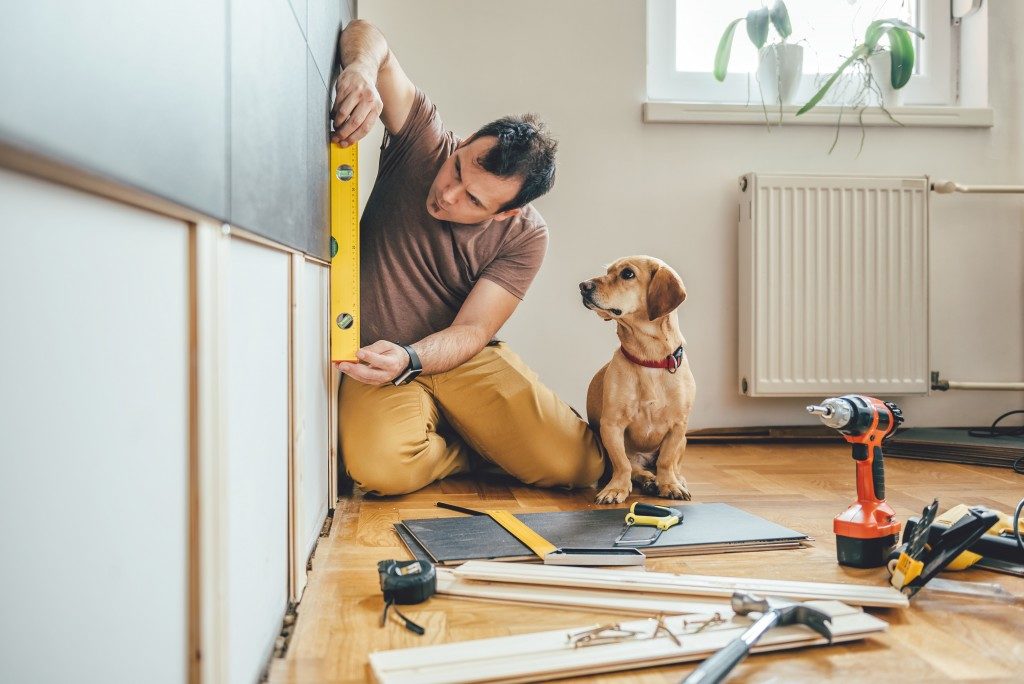- Tailored storage solutions preserve the value of items by matching specific environmental needs such as temperature and humidity controls.
- Specialized facilities offer convenient access, allowing for easy retrieval without compromising the condition of stored items.
- Thorough storage needs and budget assessment are crucial in identifying special requirements and exploring available storage options.
- Evaluating a storage facility’s location, accessibility, and reputation ensures stored items’ safety and proper maintenance.
Storage has always been a concern, often a headache, for those who have accumulated items. It may be for businesses managing vast inventories or the food industry with sensitive perishables. For many, the “one-size-fits-all” approach falls short of providing the specialized care some items require. Fragile items demand a level of storage that traditional means often can’t deliver. This post will explore the tailored solutions that go beyond the box (quite literally) to ensure the safety and longevity of your most precious belongings.
The Pitfalls of One-Size-Fits-All Storage
The unacceptability of this type of storage can be summarized in the following points.
Limitations of Conventional Containers
Standard storage options, like cardboard or plastic containers, are designed to house various items, from clothes to tools. However, their generic design often means they don’t account for the unique requirements of more sensitive objects.
The Hidden Impact of Packing Materials
While investing in sturdier boxes can mitigate some risks, the materials used to pack items inside are another important consideration. For example, bubble wrap can lead to discoloration or the breakdown of certain plastics over time. Packaging materials may be inappropriate as they can accelerate perishables’ aging process, affecting quality.
Temperature and Humidity as Enemies of Fragility
For organic materials, such as wood or leather, and even certain electronics or instruments, extremes in temperature and humidity can be disastrous. The expansion and contraction of these materials can lead to structural compromise. In addition, fluctuations in environmental conditions may lead to mold growth and the deterioration of adhesives and paints.
Specialized Storage Solutions
The industry has developed specialized solutions for fragile items, from controlled spaces to custom-designed shelving, recognizing the need for more precise storage methods.
Optimizing Environmental Factors
Temperature and humidity are usually the main deteriorating factors in a storage setup. Climate-controlled storage maintains set levels, offering a stable environment crucial for preserving items susceptible to environmental changes. For artwork, this means preventing canvas from sagging, pigments from fading, and mold from finding a welcoming habitat.
Custom-Fitted Shelving and Racks
Beyond the large-scale storage units, the interior design of these spaces is equally important. Custom-fitted shelves and racks provide tailored storage solutions for oddly shaped or oversized items, minimizing unnecessary movements and ensuring every item has its perfect spot.

From vintage clothing to sports equipment, these shelves are not just about space optimization but about protecting the items’ integrity.
Archival-Grade Packing Materials
For those needing a more mobile solution or for the occasional transport, archival-grade packing materials offer a middle ground between convenience and safety. These materials are specifically designed to preserve items for the long term without risk of damage from chemical interactions or environmental stressors.
Benefits of Tailored Storage
Beyond the apparent advantage of preventing damage, tailored storage has various benefits, extending your possessions’ life and value.
Peace of Mind for the Perfectionist
If you’re the type that frets over every scratch and scuff, then the peace of mind that comes with customized storage is priceless. Knowing your valuables are in a controlled and secure environment gives you the freedom to breathe easily.
Preserving Value
Proper storage is an investment in maintaining the worth of significant monetary or sentimental value items. Whether for insurance purposes or the simple desire to pass down items through generations, the better the condition when stored, the higher the value retained over time.
Convenience Without Compromise
Choosing a tailored storage solution doesn’t mean sacrificing easy access. Many facilities with specialized offerings cater to the need for convenient retrieval. This means you can conveniently access them when needed.
Choosing the Right Storage Solution
With many options available, you should assess your needs and prioritize them when finding a specific storage room.

Assessing Specific Needs and Budget
Begin by making a detailed inventory of the items you wish to store and identifying any specific requirements they may have. Then, do some research to understand the kind of specialized storage that’s available, along with the associated costs.
Matching the Method to the Material
Not all storage methods are created equal and must match the type of material they will house. For example, wine should be stored at a temperature and humidity different from paper documents. Be sure the storage solution you choose aligns with the specific needs of your items.
Location, Accessibility, Reputation
The three pillars of choosing a storage facility remain critical for specialized storage. The location should be convenient and safe from environmental risks (flood zones, seismic activity). Accessibility means you can get to your items without costly or time-consuming logistics. Finally, the facility’s reputation speaks volumes about maintaining peak volumes and conditions within its units.
Tailored storage solutions address the limitations of traditional methods, preserving items through optimized environmental conditions and specialized packaging. They protect fragile items by controlling temperature and humidity. This not only ensures item integrity but also boosts long-term value. When choosing storage, consider needs, budget, and facility reputation for item safety and accessibility.


